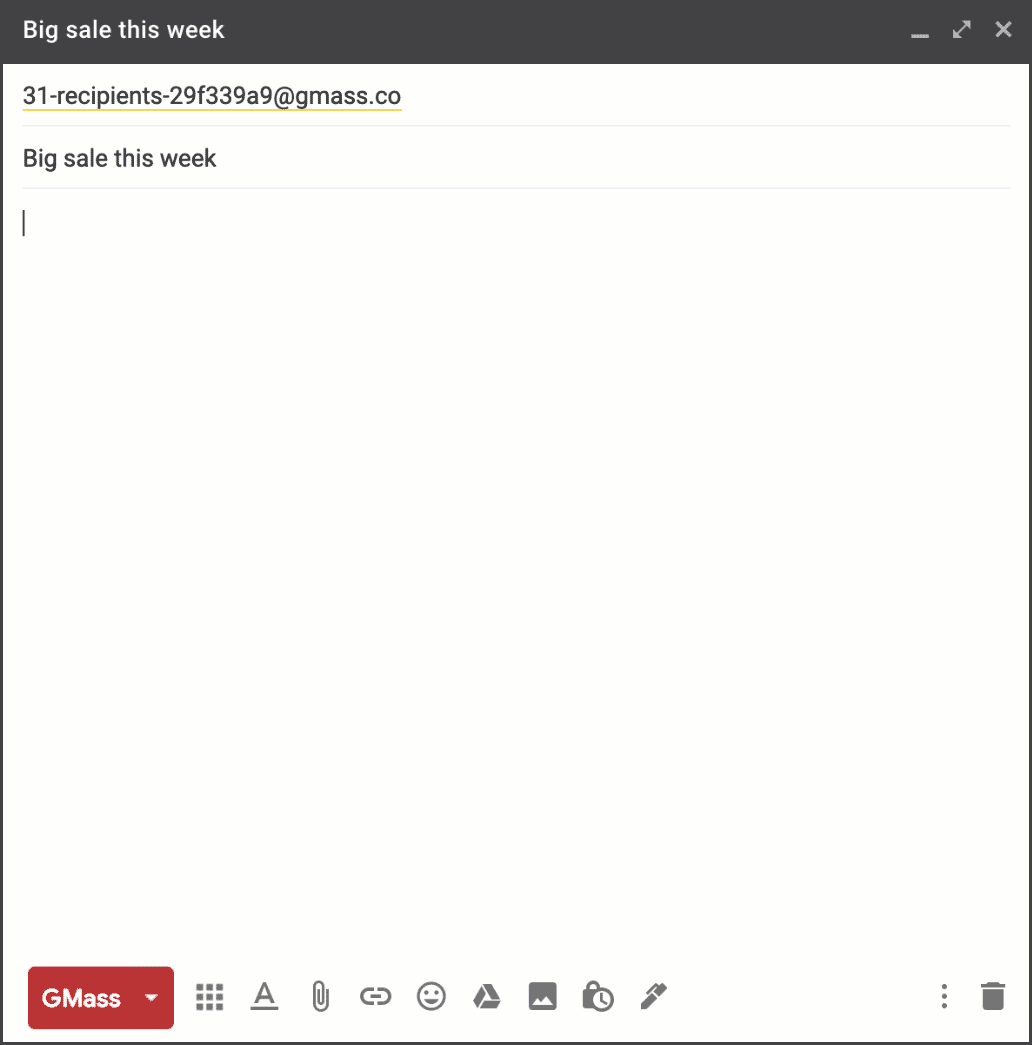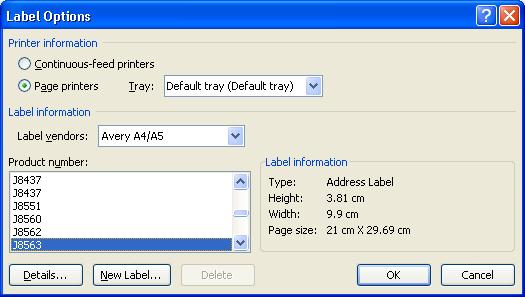

To force this, simply select the entire document ( Ctrl+A) and press F9 or print the merged documents.

#CONDITIONAL MERGES IN WORD FOR LABELS UPDATE#
This simply occurs because Word doesn't update the INCLUDEPICTURE field for each record it merges. Thus, your merged document will appear as if it contains multiple instances of the same picture. To speed things up, Word displays the same picture for each of the INCLUDEPICTURE fields. It is important to remember that after you perform your merge operation in Word, it may appear that your graphic merge didn't work properly. The remaining INCLUDEPICTURE field is then translated by Word as a directive to include the noted picture. When you create your merge document in Word, you can include a merge field such as this: We all know that when you want to do conditional formatting in Office, you use Excel. The following is an example of such a file address:įor the purposes of this discussion, let's assume that you named the column PictureLocation. A conditional mail merge combines a set of simple merge documents with one data file one or more conditional statements route each record in your data file to the appropriate merge letter. Each record in the worksheet should have a complete drive name, path, and file name (in a single column) for the graphic associated with that record. Just make sure you set up your worksheet so that it contains the file address of the graphic you want to merge. For instance, you might have an Excel worksheet that contains a group of real estate listings. The key to merging graphics is to make sure that you don't try to merge the graphic itself, but to merge a field that "points" to the graphic file. There may be times, however, when you want to merge a graphic into your document.


Normally the mail merge feature is used to merge text into a document-items such as a customer name or a part number. This can be done with page breaks, continuous section breaks or column breaks to realize different layouts.The mail merge feature in Word is extremely powerful, and you can use it to easily create customized versions of documents from information in a data source (such as a Word table, an Excel worksheet, or an Access database). Therefore, simply set the input position to the end of the block and select Breaks -> Next Page from the Page Setup group in the Page Layout ribbon tab. If the merge block should break after the first block and the new block should be rendered on a new section, a section break can be included into the merge block. In the merged document, each of these block rows start at the top of a new page: If you apply this paragraph setting to the first paragraph of a merge block, the whole merge block begins at the top of a new page: The property ParagraphFormat.PageBreakBefore defines whether or not a paragraph is always rendered at the top of a page. But thanks to the flexibility of the "flow type layout reporting" approach, a merge block may contain everything: A table row, a complete table, text frames and paragraphs including all paragraph settings.Īnd these paragraph settings can be used to realize sophisticated layouts. The complete merge block is cloned and inserted under the original location in the template. A merge block is repeated based on the number of matching data rows in the hierarchical data object.


 0 kommentar(er)
0 kommentar(er)
